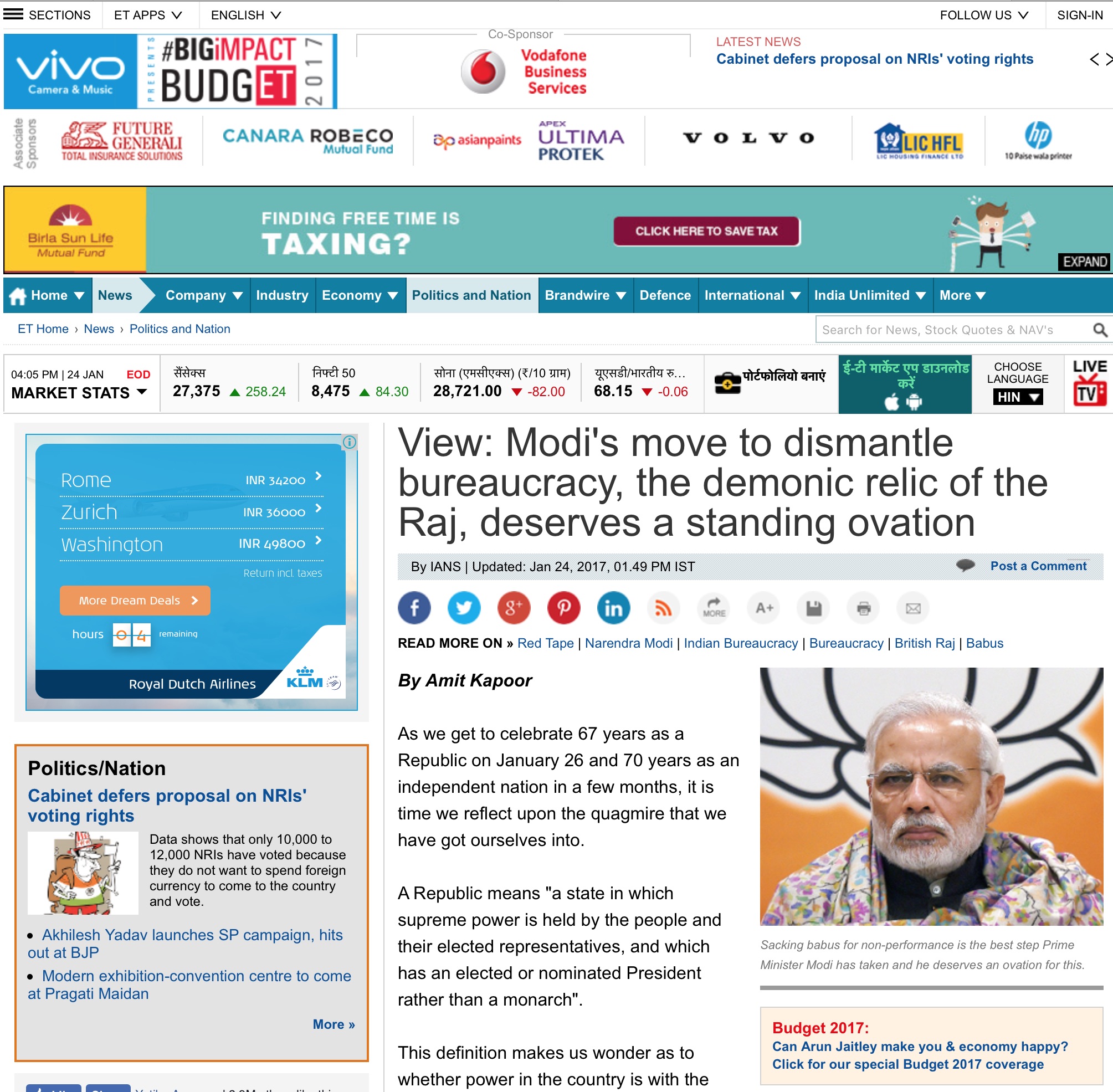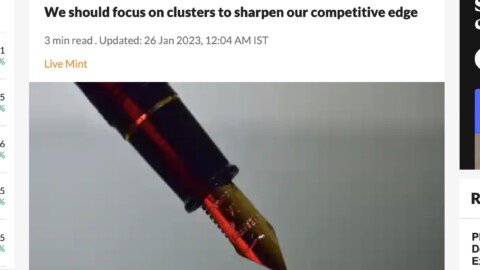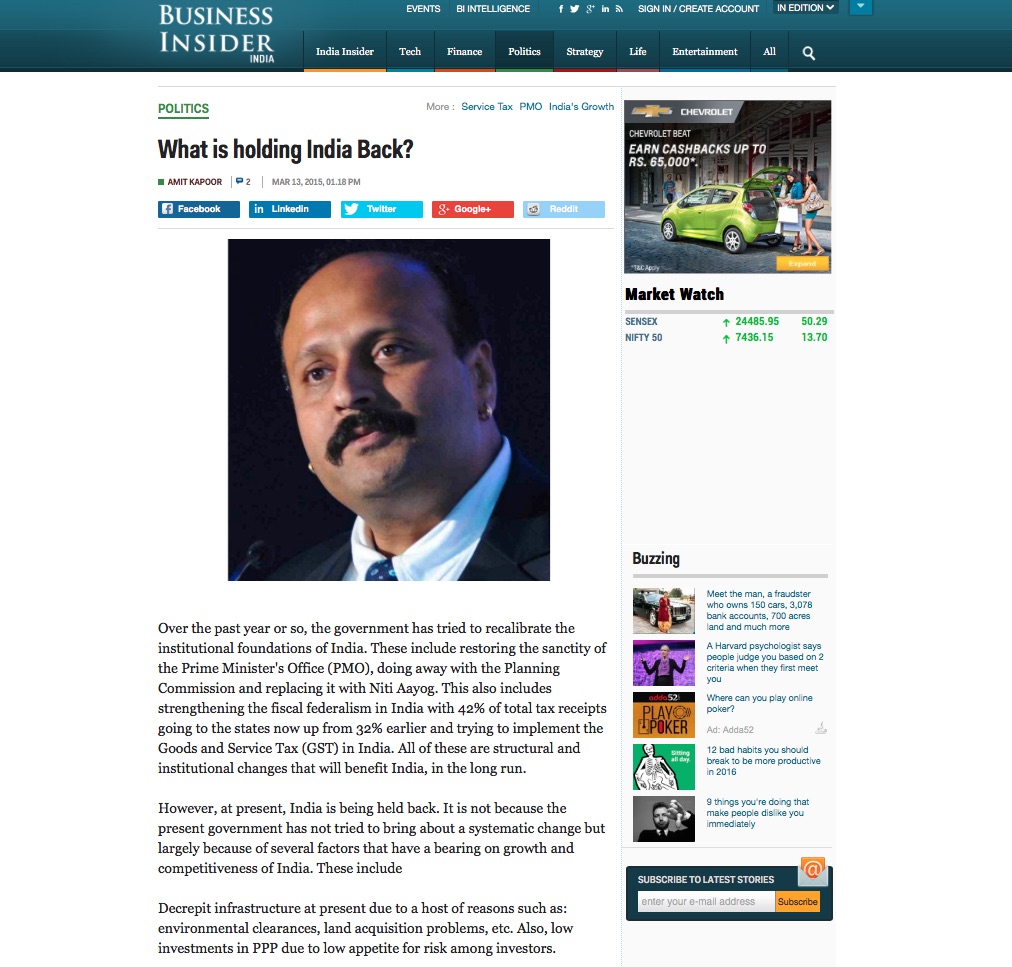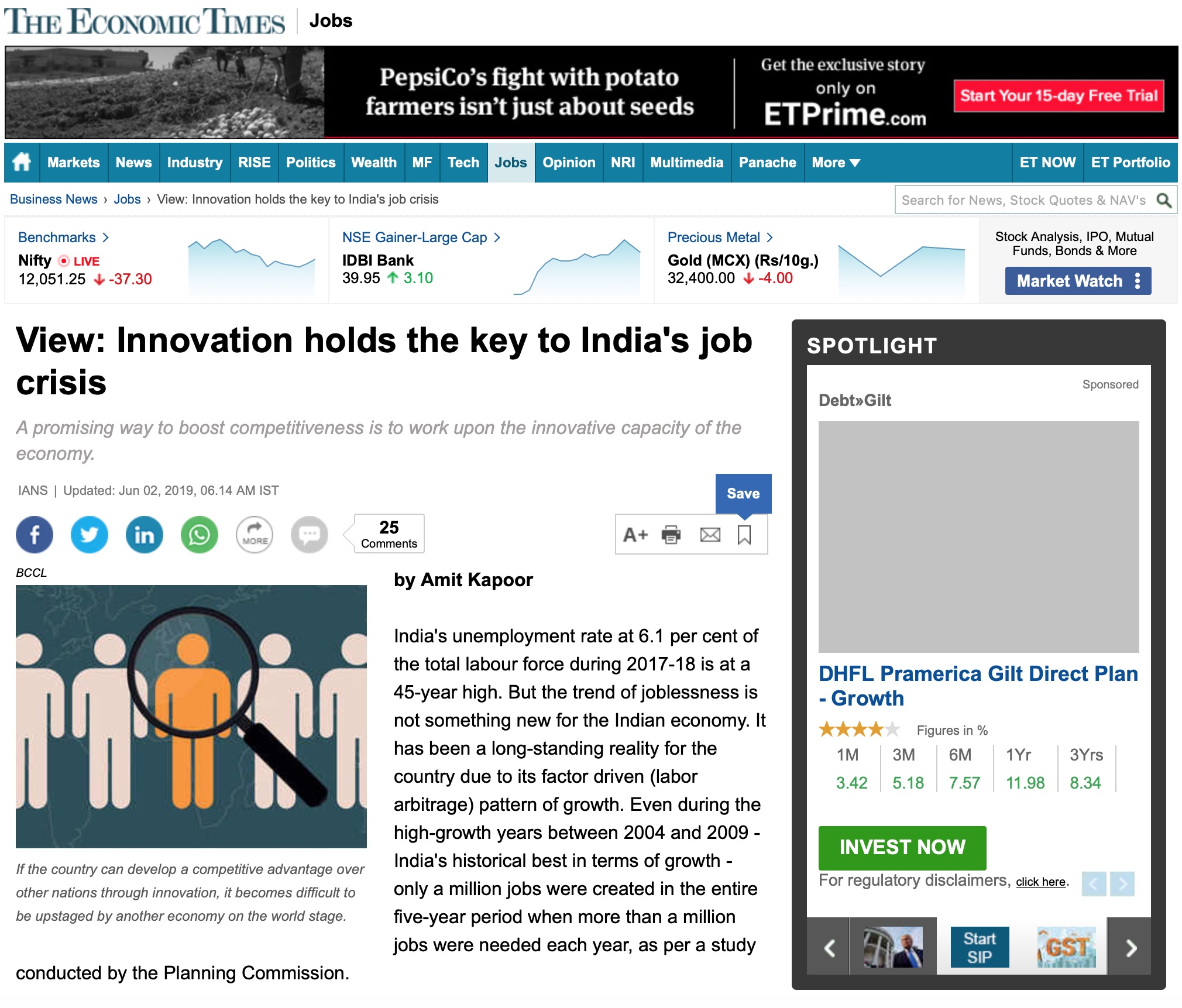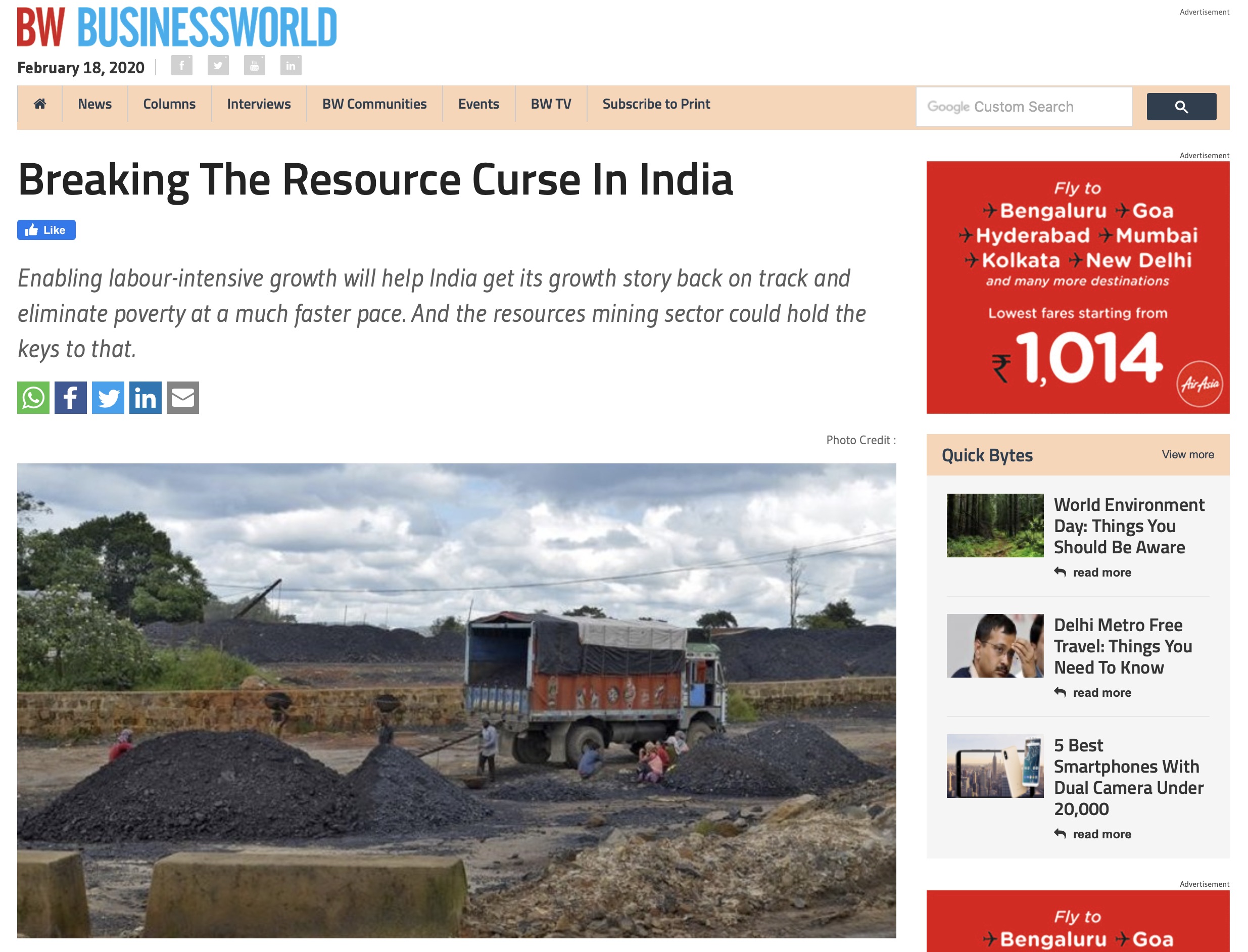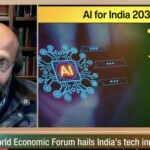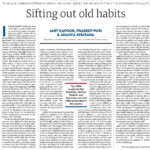Still seriously hungry and poor
Economic growth alone is not enough to achieve key Sustainable Development Goals. It must translate into jobs for the poor and marginalised
India is the fastest growing large economy in the world today. Despite this, one in every five Indians is poor. Multilateral agencies as well as governments are playing an active role in understanding problems relating to poverty and hunger and finding solutions to them. But these challenges are pervasive and weeding them out will require clear evidence-based data-driven solutions.
Goal 1 and 2 of the United Nation’s Sustainable Development Goals (SDGs) envision eradicating poverty and ending hunger by 2030. A brief look at the statistics tells us the extent of the problem. An astounding 767 million people in the world are poor while the those who do not have enough to eat are estimated to be close to 800 million.
Poverty is a multidimensional concept, which involves reduction in choices to pursue freedom. So is hunger. Two recent reports try to clear the haze on measurement and yield some pertinent insights on poverty and hunger. These are the the Global Hunger Index (GHI) of the International Food Policy Research Institute and the Pathways to Reducing Poverty and Sharing Prosperity in India (PRPSPI) of the World Bank.
Improvement but not enough
The GHI tries to capture the hunger level across countries. The index is constructed using four component indicators: percentage of undernourished in the population, percentage of wasting in children under five years old, percentage of stunting in children under five years, and under-five mortality rates. The index has been calculated since 2006 and the oldest back calculations on the index go back to 1992. The overall methodology is similar to development of other composite indices like the Human Development Index. The overall scale of the index is from zero to 100 where 100 represents ‘absolute hunger’ and zero represents ‘zero hunger’. Countries and regions are also classified in terms of the level of hunger. Those falling in the <= 9.9 category are classified as having a ‘low’ level of hunger, those in the 10.0-19.9 category are ‘moderate’, those in the 20-34.9 bracket are ‘serious’, those between 35 and 49.9 are classified as ‘alarming’, and those <50 are ‘extremely alarming’.
There are some pertinent points in this year’s global hunger report. First, developing countries have a major stake in reducing hunger levels. Overall hunger has come down by 29 per cent since 2000 in these countries. Second, there are distinct regions, the ones with the highest GHI scores, which can help in fulfilling the SDGs. On the 2016 index, Africa south of the Sahara and South Asia have the highest GHI scores (30.1 and 29.0, respectively). Thus they are placed in the ‘alarming’ category on the GHI. Third, India is placed at a dismal 97th rank among the 118 countries considered for the index. The country has improved its score from 46.4 in 1992 to 28.5 at present, which is considerable, but its overall level continues to be ‘serious’ on the index.
Decline in poverty
Related to hunger is poverty, which has been one of the most critical issues in international economic development. PRPSPI, the World Bank Group report, looks at India’s development experience. Four main points emerge.
First, the report notes that poverty in India has declined considerably from 1994 to 2013. Over the commensurate time frame, those below India’s official poverty line have reduced from 45 per cent to 22 per cent. This means that 133 million people have been lifted out of poverty. Despite this the report notes that India’s growth has not been very inclusive. It is because roughly two-thirds of the countries’ inclusive growth performance is better than India’s in the 2005-2012 period.
Second, some population groups in India are substantially worse off than other groups. These include the Scheduled Tribes (STs), 43 per cent of whom were below the poverty line in 2012, and the Scheduled Castes, 29 per cent of whom were below the poverty line. Poverty also seems entrenched among the STs, with the pace of poverty reduction slower than that witnessed in other groups between 2005 and 2012.
Third, poverty seems to be present in certain geographical locations. The top States for poverty in absolute terms in India are Uttar Pradesh (60 million poor), Bihar (36 million) and Madhya Pradesh (24 million). The top seven States account for roughly 62 per cent of India’s poor. Also important is the rural-urban divide in poverty. Almost one in five Indians is poor and out of every five poor people, four live in rural areas. Also, the poverty rate is just 7 per cent in big cities with a population of more than 1 million.
Growth and redistribution
Finally poverty has a bearing on choices and the well-being of individuals in a society. The poor also own fewer assets and spend more on food, fuel, and light. This reduces the percentage they have for spending on critical things like education and health, and it makes them prone to a vicious poverty trap. Another important insight is that for poverty levels to go down, the States will have to grow faster. The States which have lagged behind on growth rates are also the ones where there are low GSDP (gross state domestic product) per capita and in turn higher levels of poverty. Thus both growth and redistribution are necessary for poverty alleviation.
Over the next decade and a half, the goal of citizens and policymakers in India should be improvement in Goals 1 and 2 of SDGs. Growth alone will not be enough but must get translated into jobs for the poor and marginalised for it to become truly inclusive. This will not be easy considering the pressure that automation and newer technologies are putting on jobs and employment. Newer skills will hold the key for translating growth into jobs over the coming decade.
Published in The Hindu on October 31, 2016. To know more


